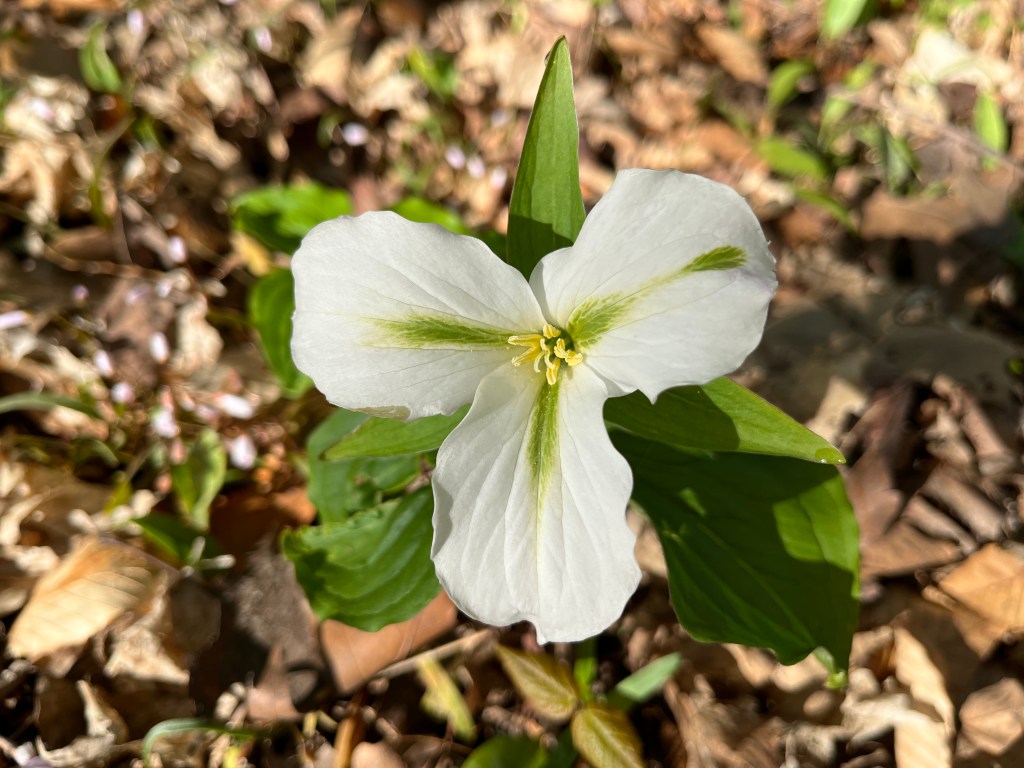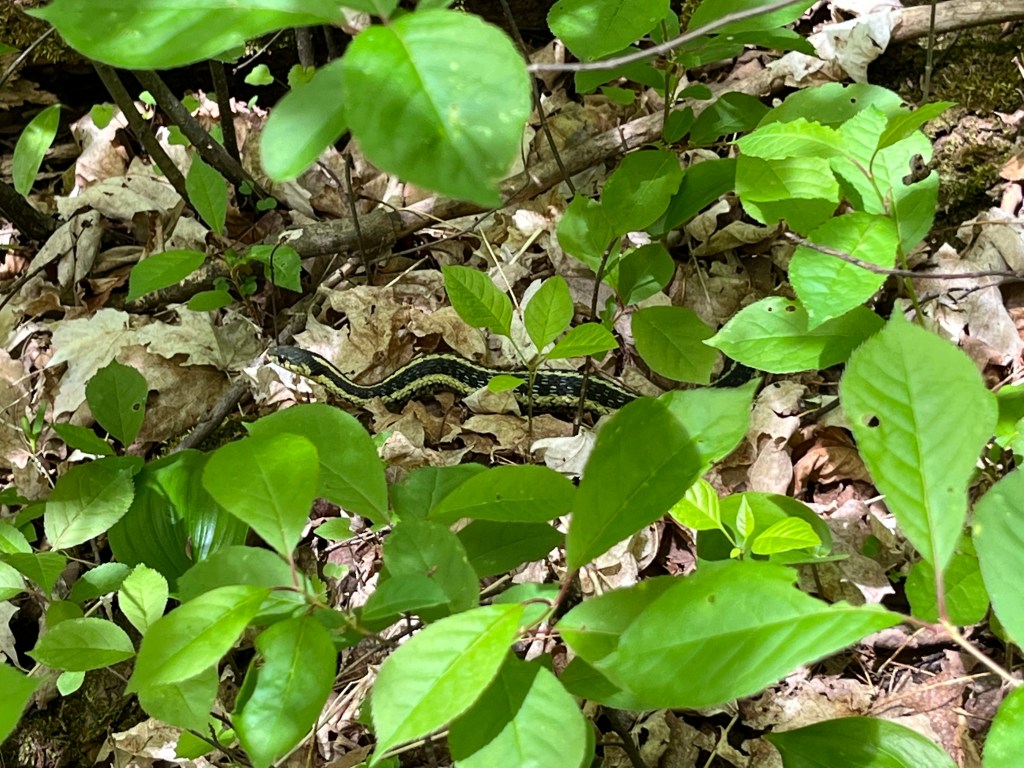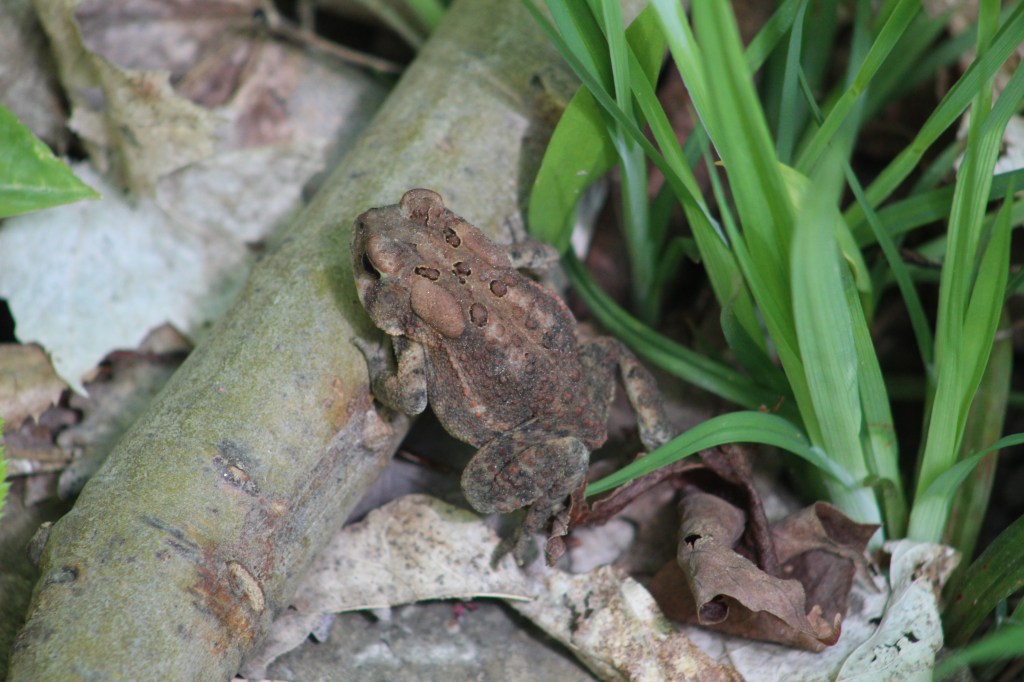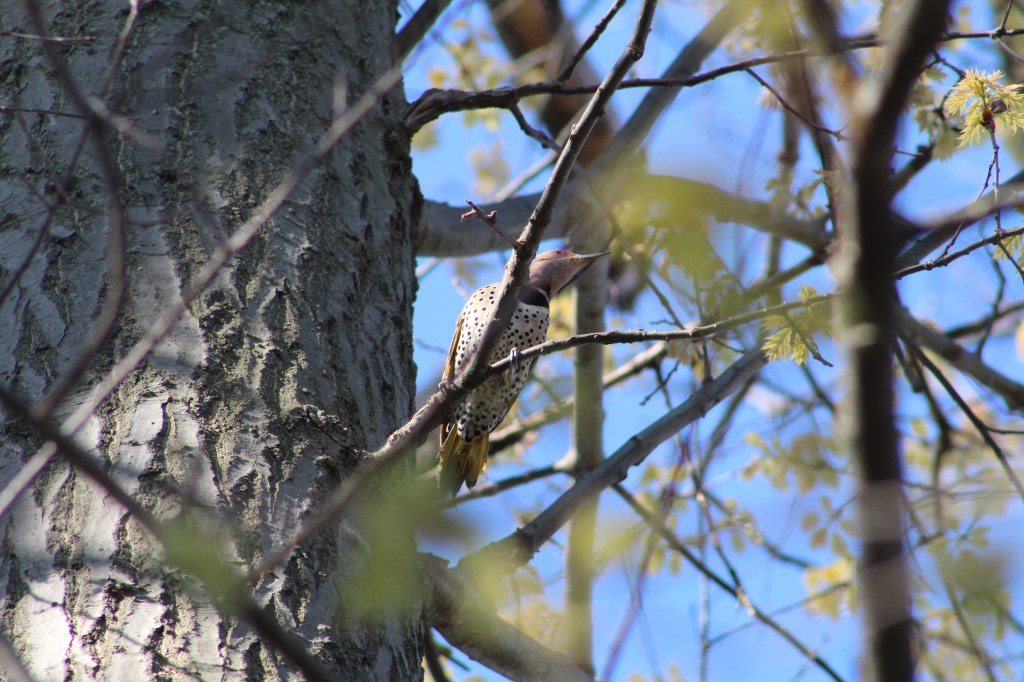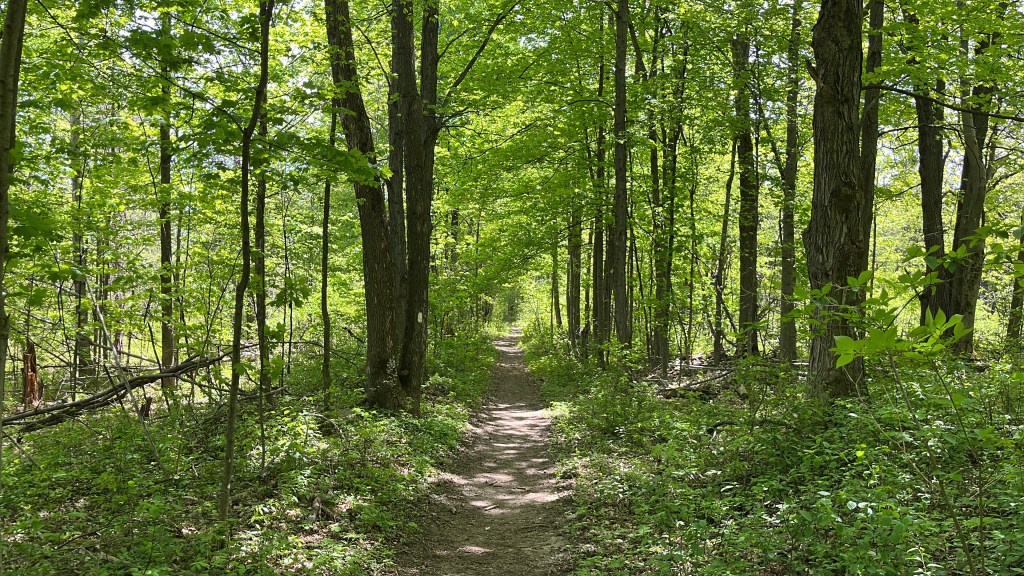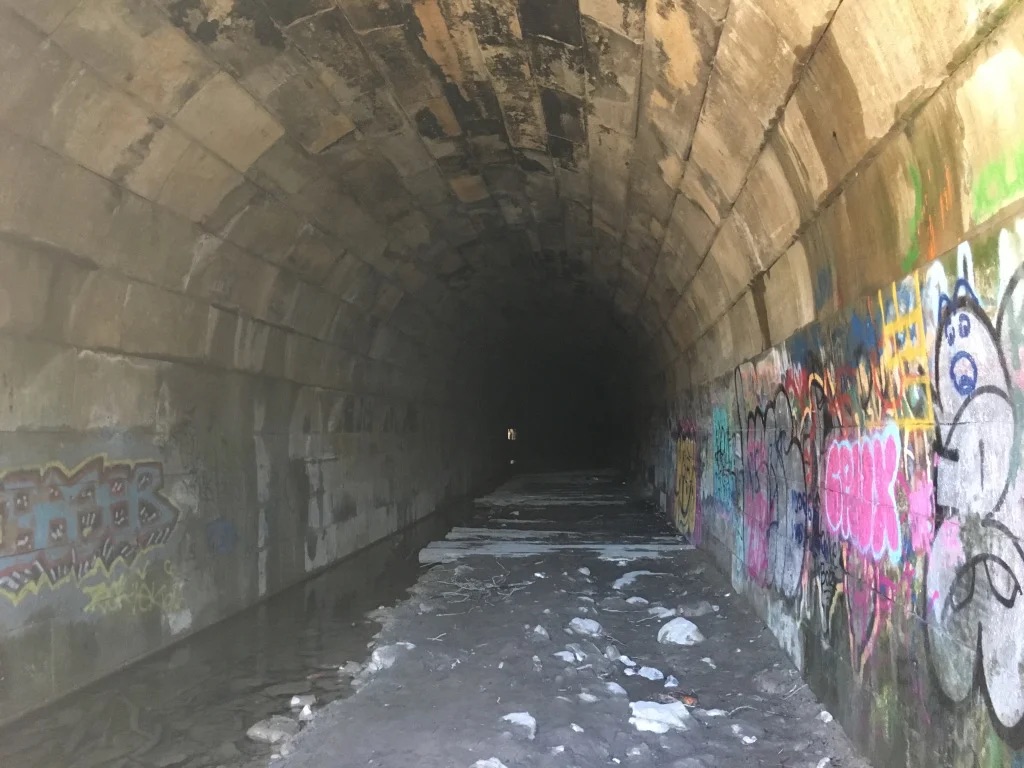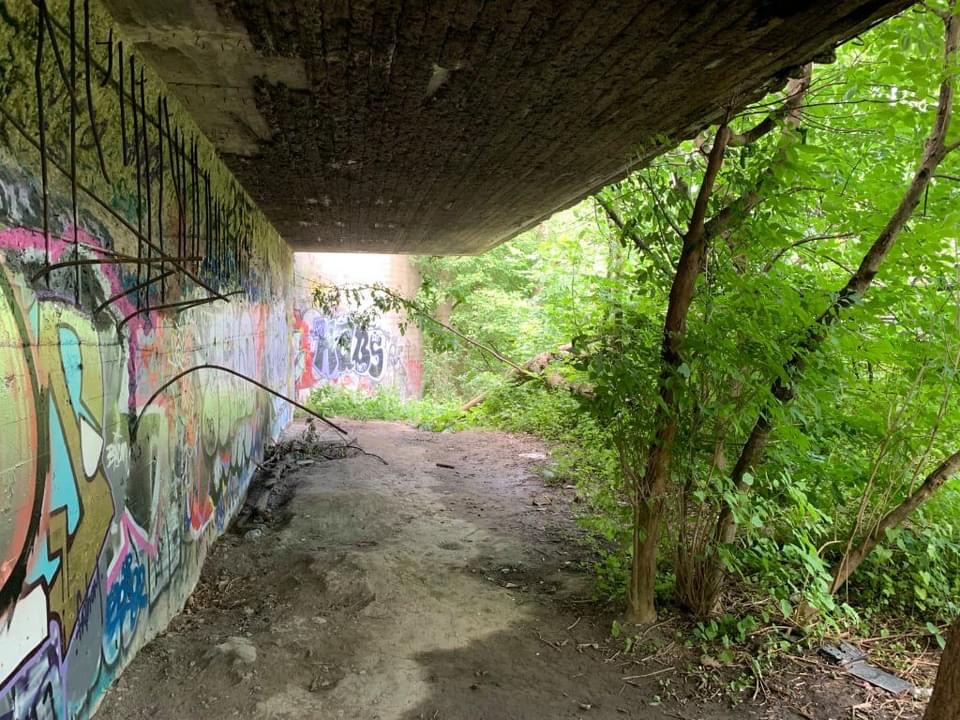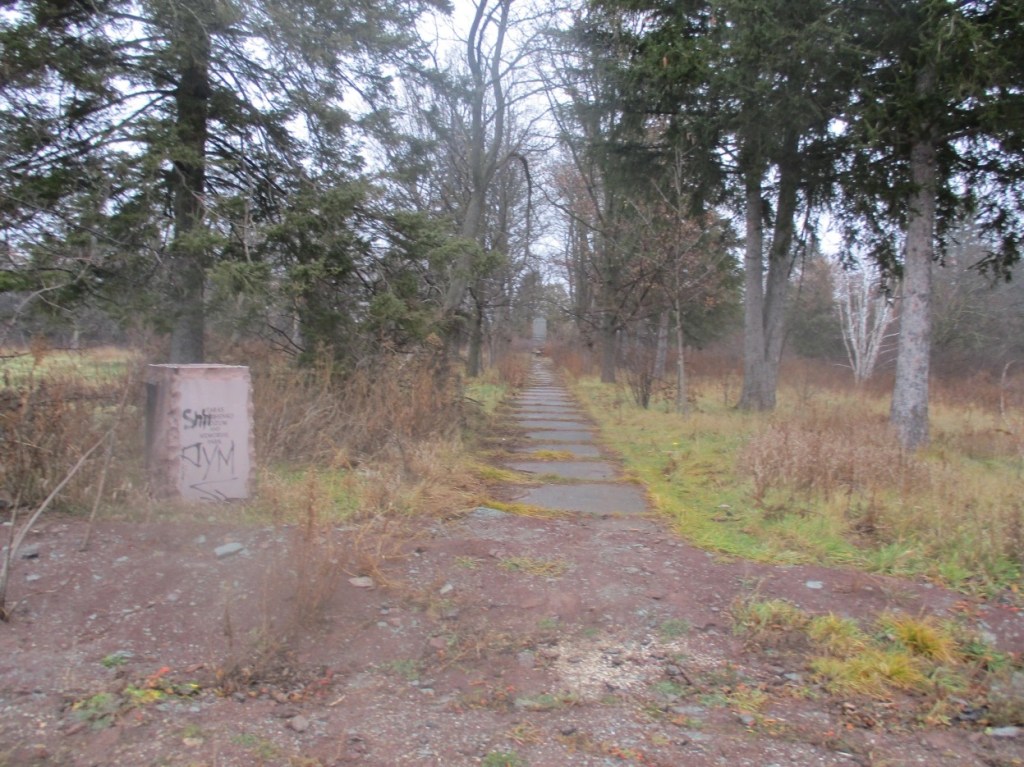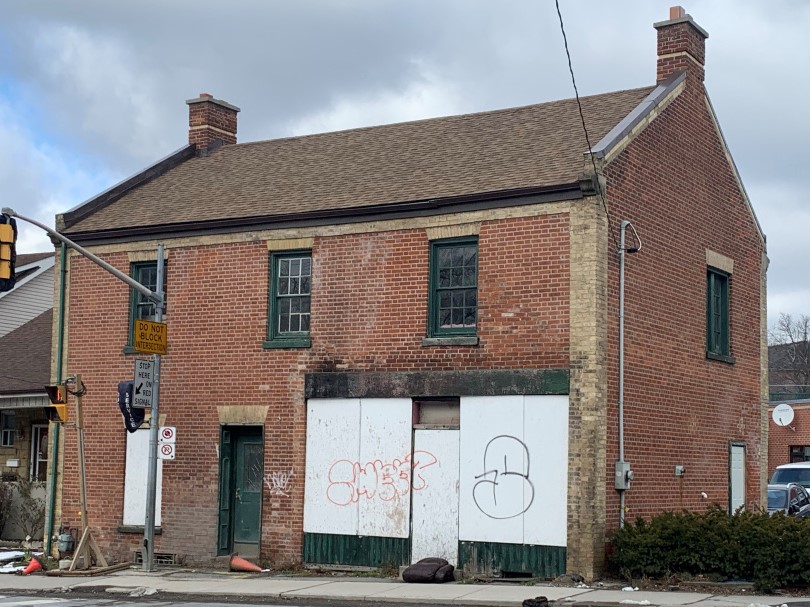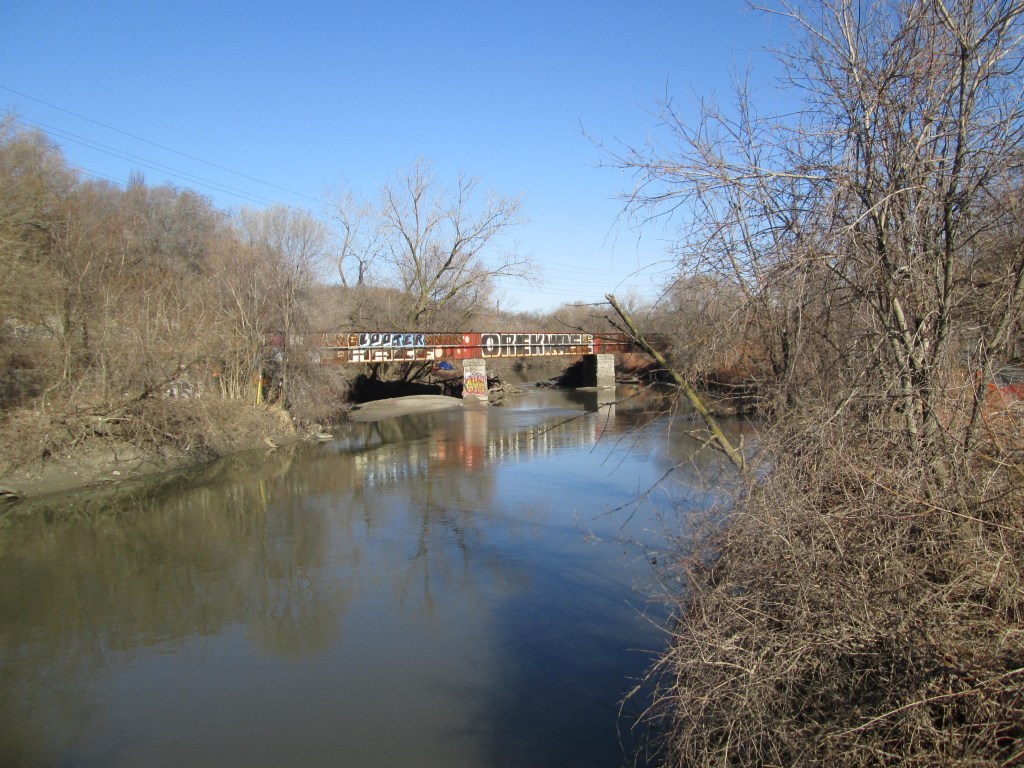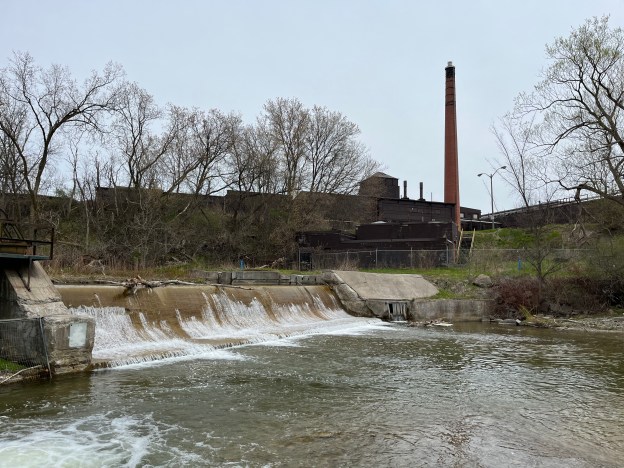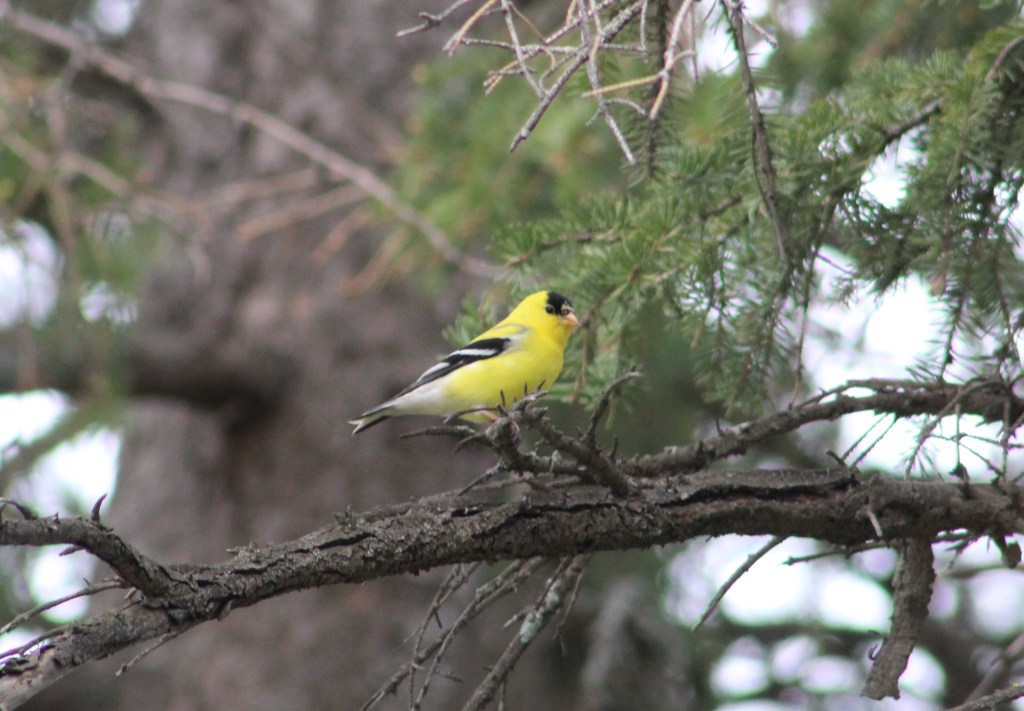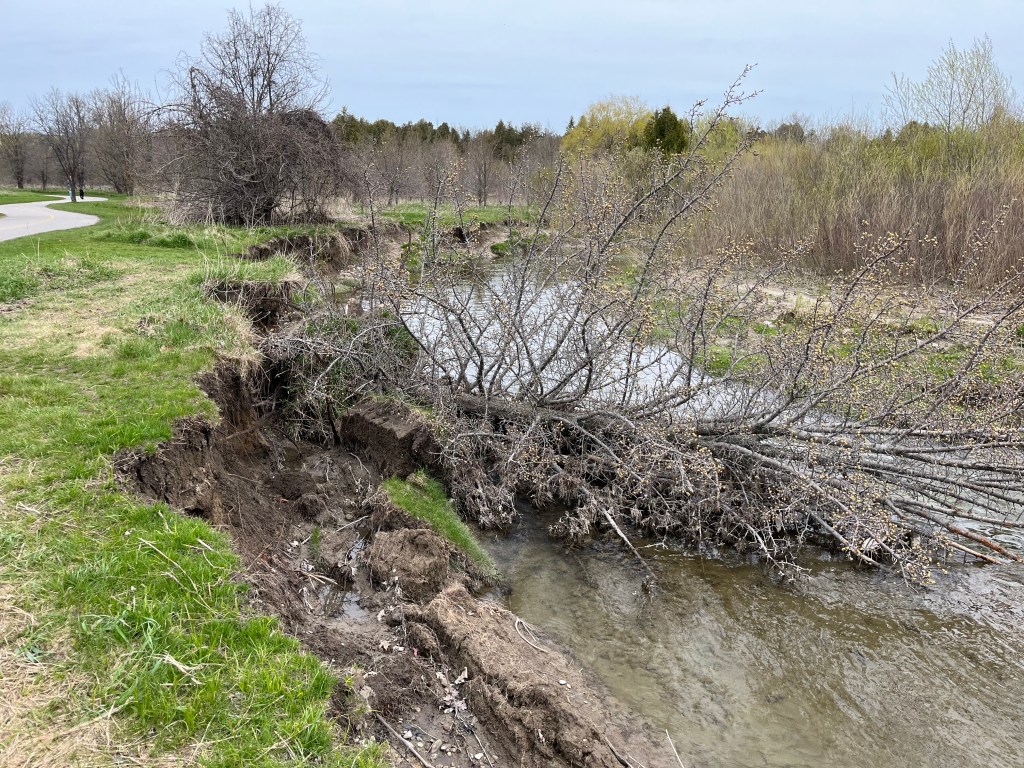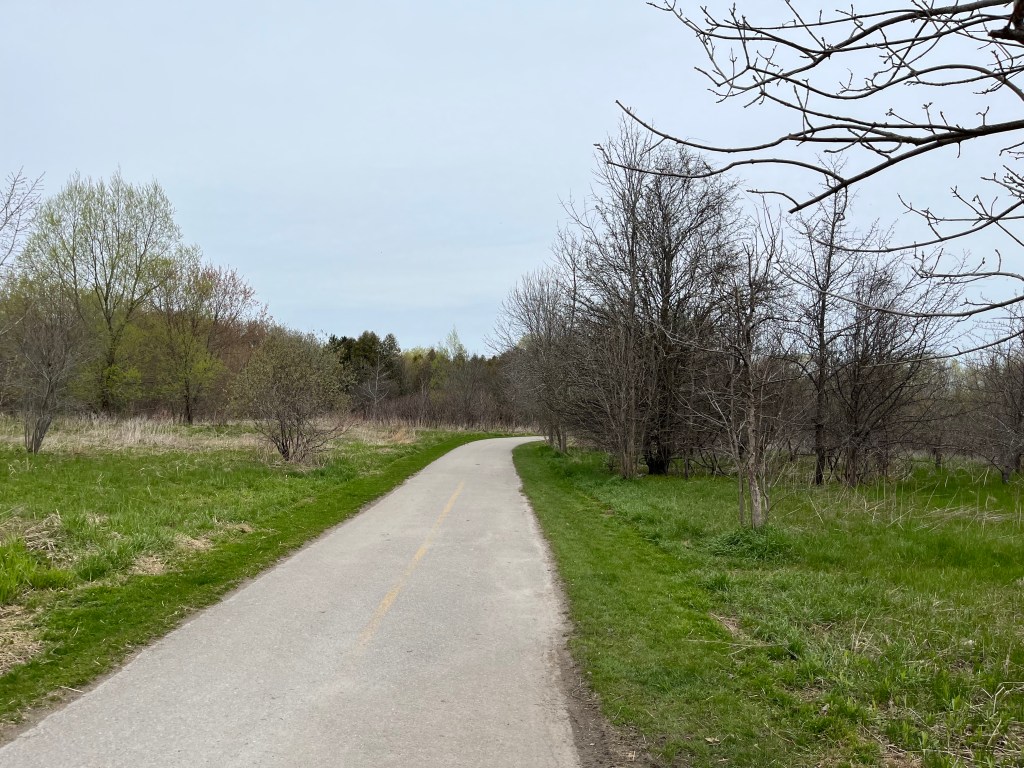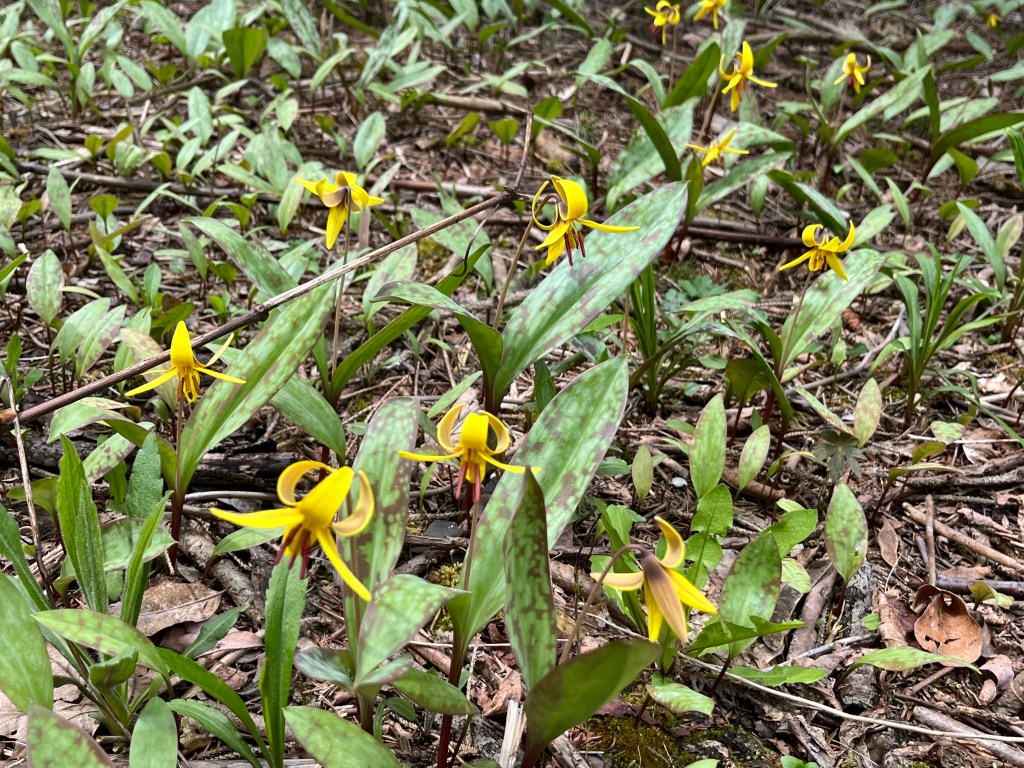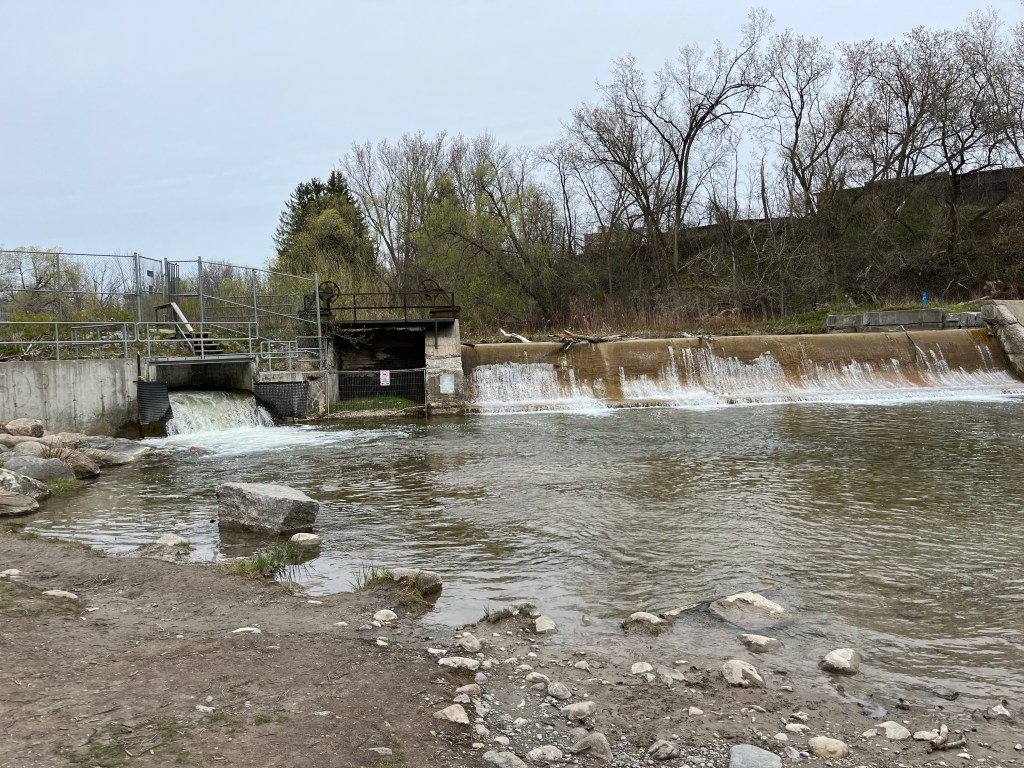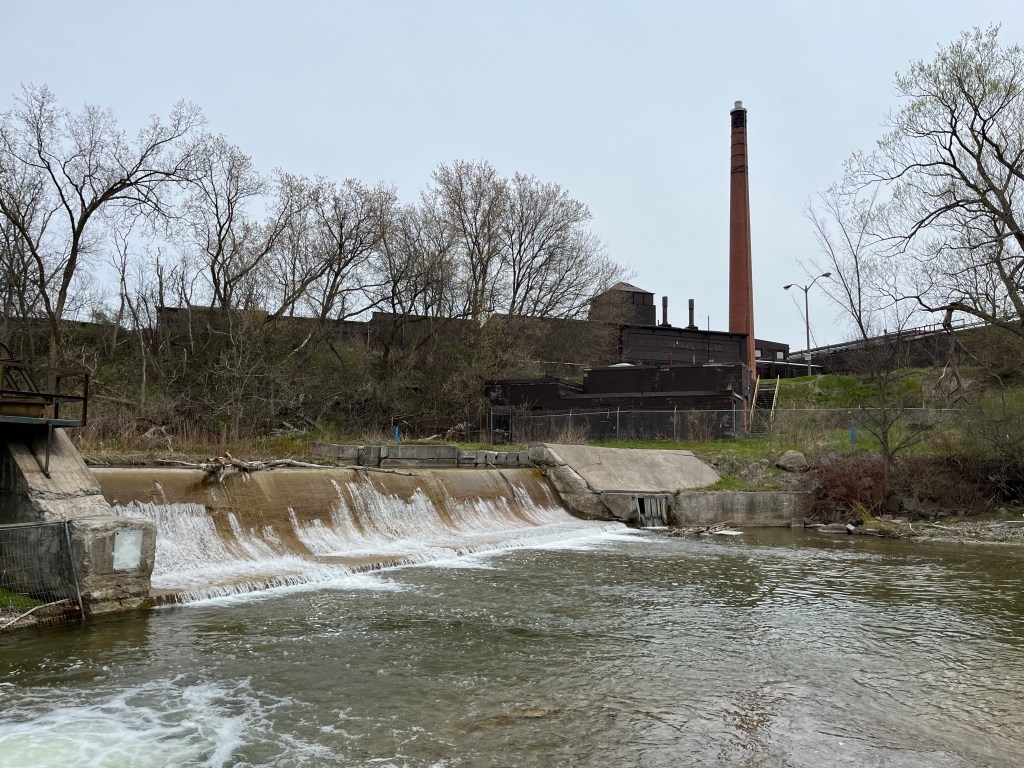May 29, 2022
When Toronto was incorporated as a city in 1834 it changed its name from York and it started a city hall in a temporary accommodation in the market buildings. They stayed there from 1834 until 1844 as the city continued to grow. By 1845 they were looking for a new larger space for the city council to meet. They found it in what is now St. Lawrence Market but as the city continued to expand it soon needed even more space. Toronto city architect Edward James Lennox was commissioned to design a new city hall. The building was intended to house both the Toronto City Hall and York County Court House. The design work was begun in 1883 but not completed until 1886. Construction began in 1889 and there is a date stone on the west side of the building to commemorate it.

Construction would last for ten years and along with delays there were many cost over-runs. The building of the foundations was particularly slow and delayed completion. When it opened on September 18, 1899 it was the largest municipal building in North America. The cost ran up to 2.5 million dollars which is the equivalent of 53 million dollars in 2022.
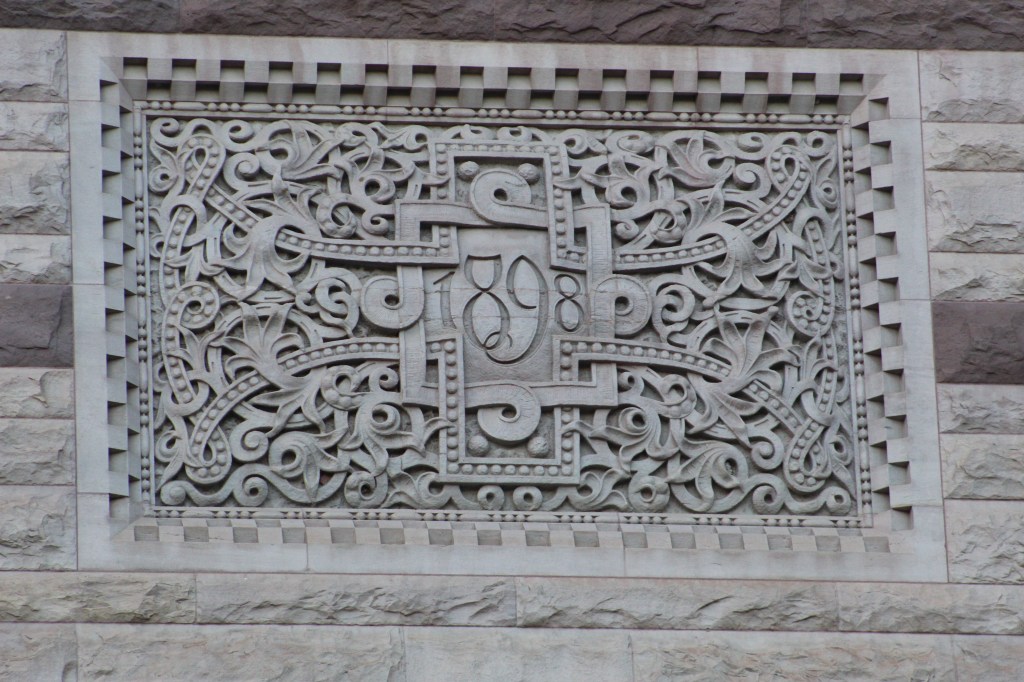
The building was constructed in the Richardsonian Romanesque Revival style which was popular for large public buildings in that era. The dominant feature of the building is the 104 metre tall clock tower. It was placed off centre so that it would be seen as central by those looking up Bay Street.
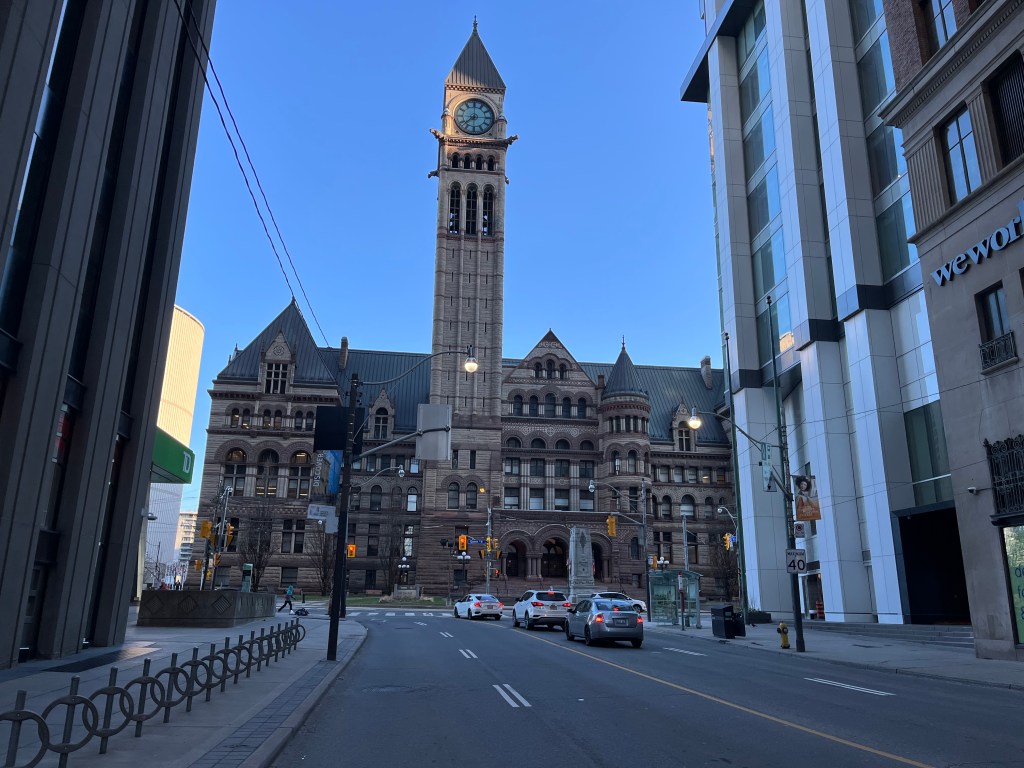
The east side of the building was identified as City Hall and the lettering can be seen among the finely carved sandstone above the doorway.

York County Court House was entered from the west side of the building and the words can be seen in the sandstone carvings above that entrance.

The building features sandstone from the Credit Valley as well as near Orangeville and as far away as New Brunswick. There’s plenty of towers and round arched openings and delicate carvings all around the façade.
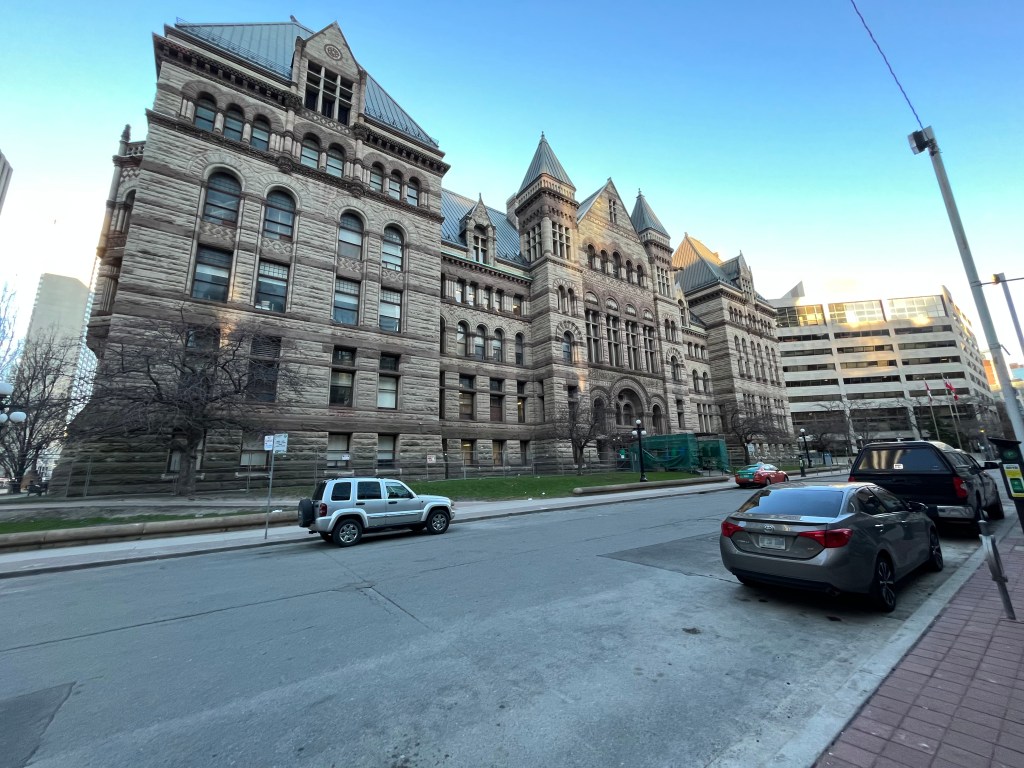
The building is four storys tall and includes an attic and basement. The steeply pitched hipped roof is cut by gable dormers and the windows are often set in pairs or arcaded bands with colonettes and stone mullions.
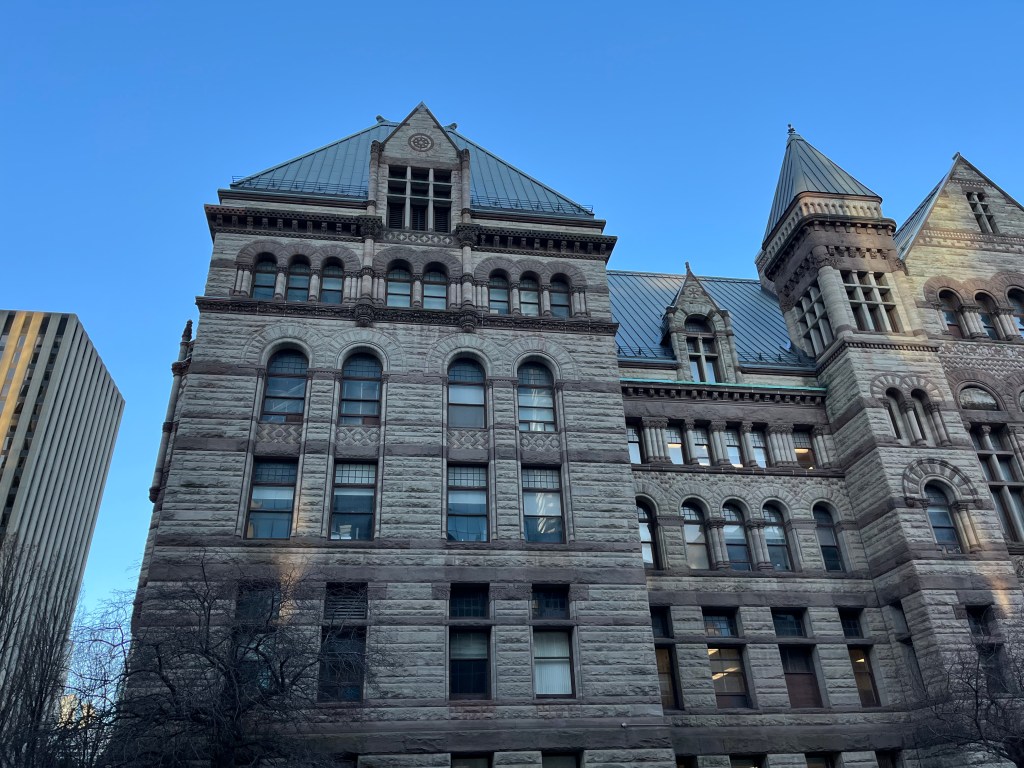
Clock tower still has a working clock and and is set with medieval motifs.
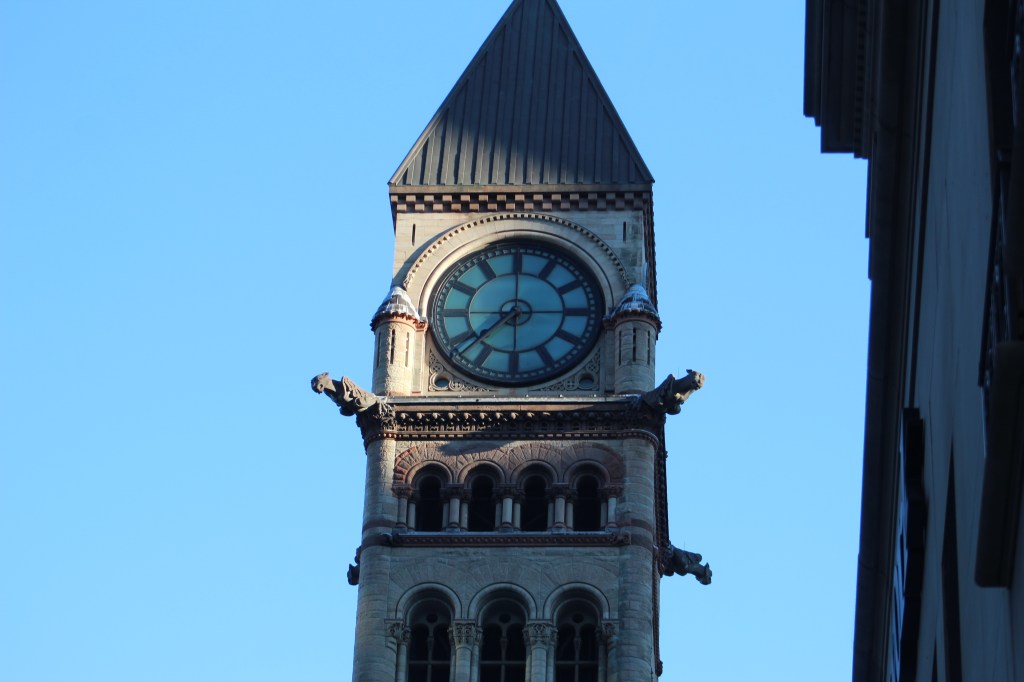
The original gargoyles on the clock tower were in poor shape by 1938 and so they were removed to eliminate the risk that they would fall and injure someone. New ones were fashioned out of bronze in 2002 and installed on the tower bringing back some of its former glory.
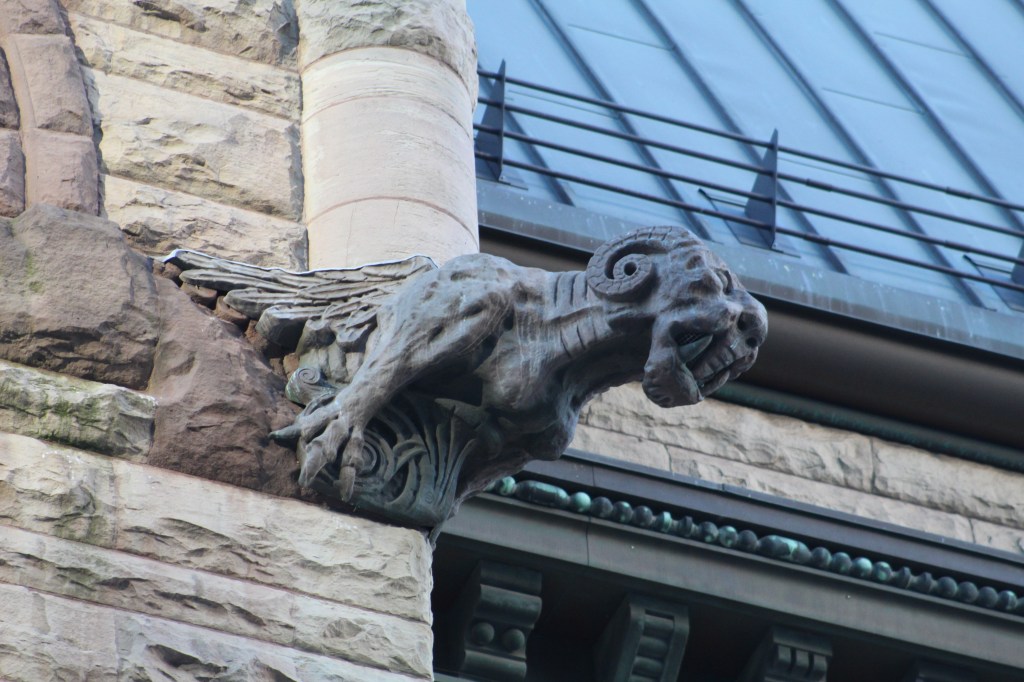
The details that can be seen around all four sides include an image of the sun as well as butterflies and caricatures of some of the city councilors who gave Lennox a hard time about the delays and price increases.
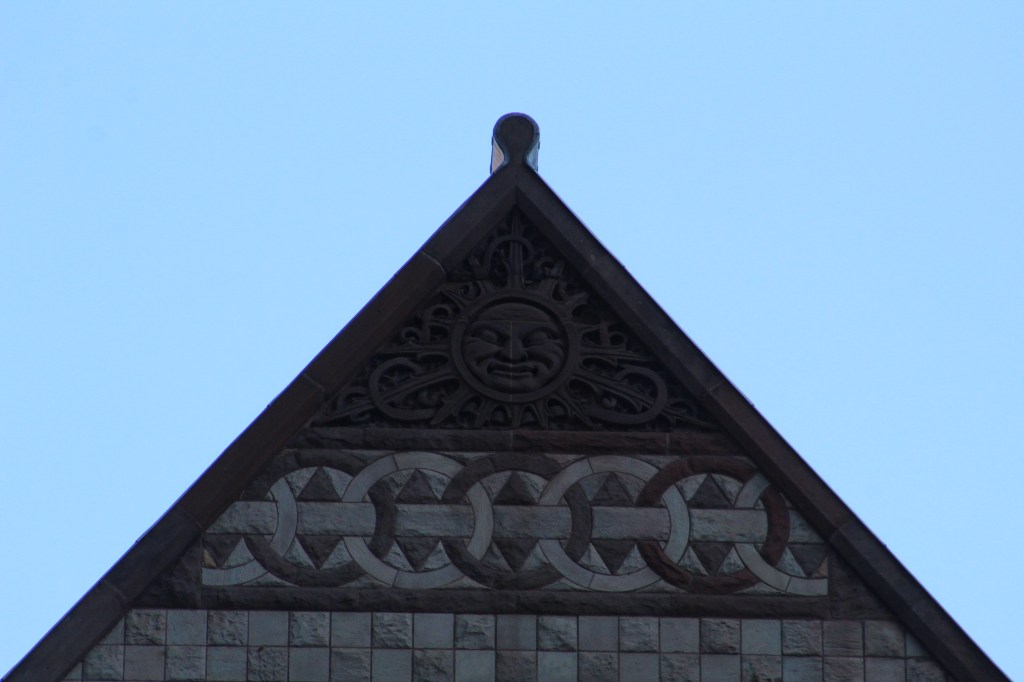
It was only a few decades before the building was becoming too small for the size of city council and the courthouse. When Metropolitan Toronto was formed in 1953 the courthouse was moved to Newmarket and City Hall occupied the entire building. In spite of this, the building was destined to be replaced with a new city hall in 1965.
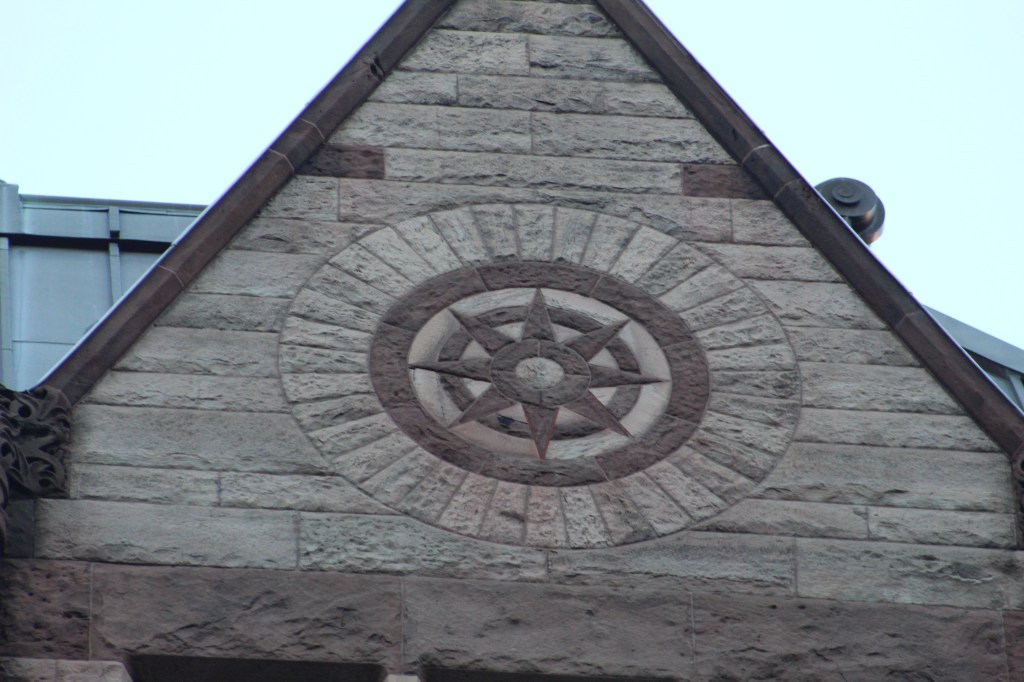
The building shape is known as a quadrangle and it has an inner courtyard. In its present use as a courthouse this is where the police vehicles enter with the people who are being charged with a crime and are facing the judge for trial or a bail hearing. The courtyard can be accessed from the inside of the building but is not open to casual pedestrians who merely wish to look around.
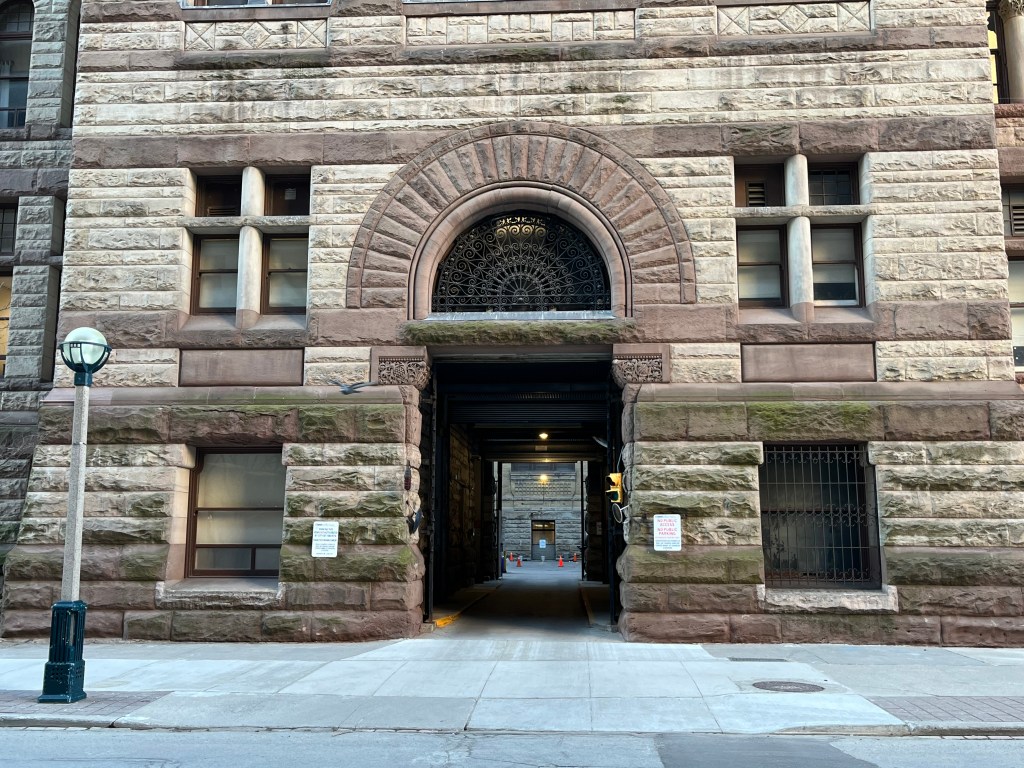
The original plan for the Eaton Centre included the demolition of the Old City Hall but a group of concerned citizens managed to save it. It became a courthouse once again and was designated as a National Historic Site in 1984. The city has built a new courthouse and the plans for the old city hall are once again up for discussion. One plan would see it used as a new city museum. There are over 150,000 historic artifacts in the city archives which are rarely put on display and this could make an excellent home for them.

Old City Hall is just as elaborate inside as it is on the outside and you used to be able to get in on any day that court was in session.
See also our post on Queens Park, another of the historic government buildings in downtown Toronto.
To see a list of our top 50 stories check out our post Back Tracks – 8 Years of Trails.
Google Maps Link: Old City Hall
Like at at http://www.facebook.com/hikingthegta
Follow us at http://www.hikingthegta.com
Also, look for us on Instagram.




